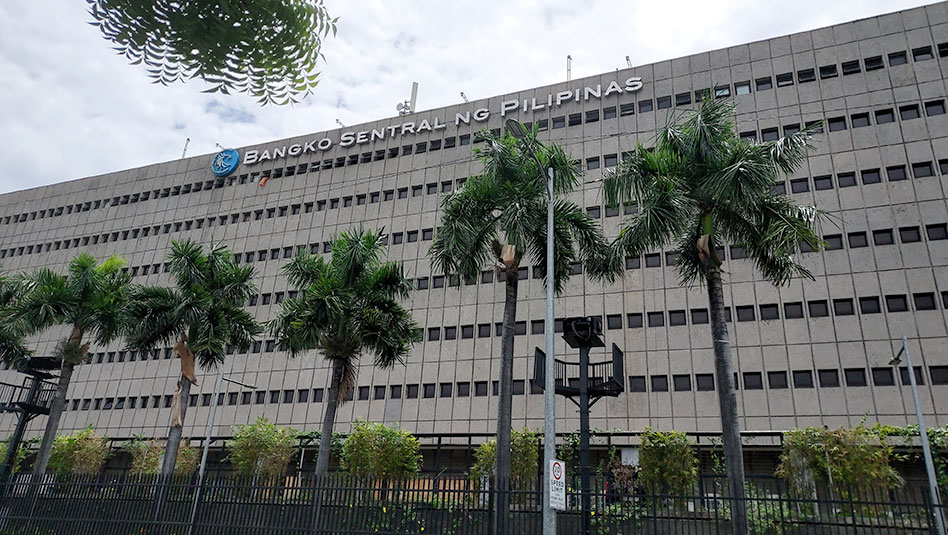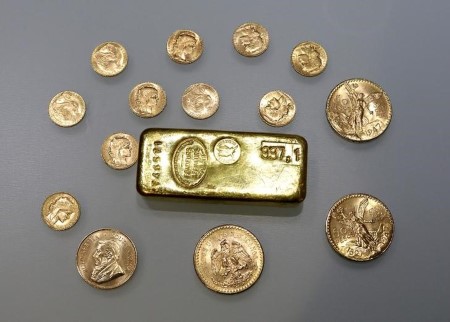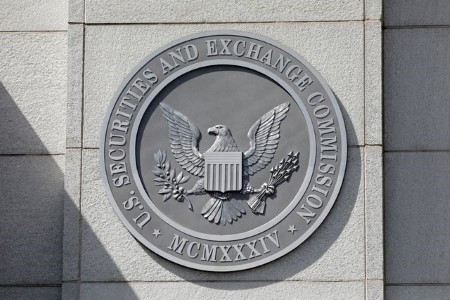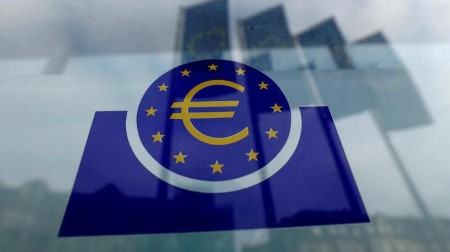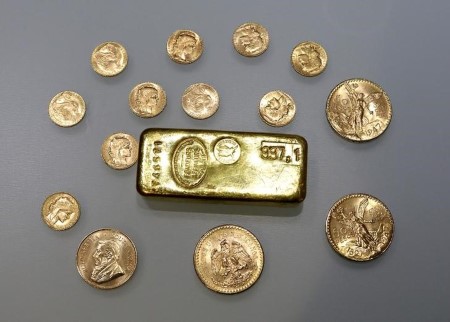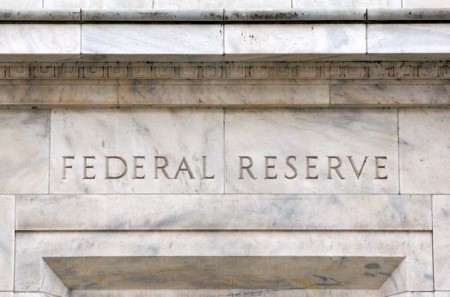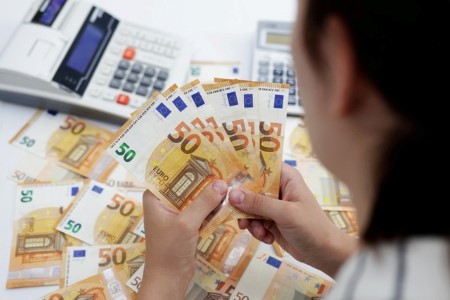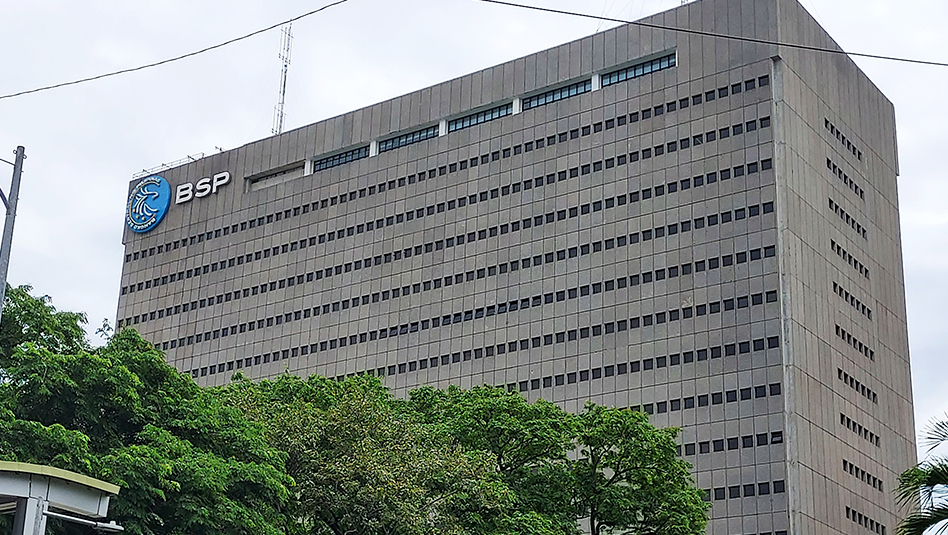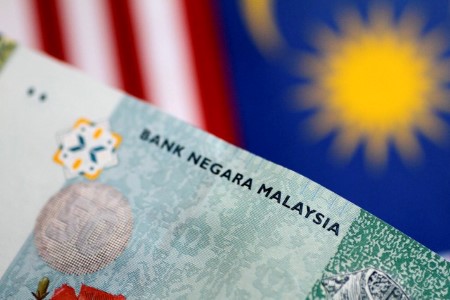Sept. 8 (Reuters) – Gold prices dipped on Thursday, as resilient dollar held close to recent highs, while cautious investors awaited comments from US Federal Reserve Chair Jerome Powell and interest rate decision by the European Central Bank later in the day.
Spot gold inched 0.1% lower to USD 1,716.59 per ounce by 0609 GMT, after rising nearly 1% on Wednesday.
US gold futures were little changed at USD 1,728.00.
The dollar index held steady near a two-decade high touched in the previous session.
“A lot of eyes are glued to what Powell will say tonight and whether there’s any view on what the Fed will do at the end of the month,” said Brian Lan, managing director at Singapore-based dealer GoldSilver Central.
Gold hasn’t really regained its shine as a safe-haven with liquidations seen in exchange traded funds (ETFs) and many investors are on the sidelines because of the Fed raising interest rates, Lan added.
Powell will participate in a discussion at Cato Institute conference later in the day, which could be his final public comments before the Sept. 20-21 policy meeting.
Fed officials said on Wednesday they still are not convinced that the worst of the US inflation scare has passed, hinting at continuation of the central bank’s aggressive rate hikes.
The Fed is expected to lift its policy rate by another 50 or 75 basis points this month.
Investors were also expecting a hefty rate increase from the ECB to combat soaring inflation at its policy decision at 12:15 GMT, followed by President Christine Lagarde’s news conference at 12:45 GMT.
Elsewhere, platinum fell 0.4% to USD 863.02 per ounce, and palladium dropped 0.3% to USD 2,037.47.
Silver was little changed at USD 18.5143.
(Reporting by Eileen Soreng and Arundhati Sarkar in Bengaluru; Editing by Sherry Jacob-Phillips and Rashmi Aich)






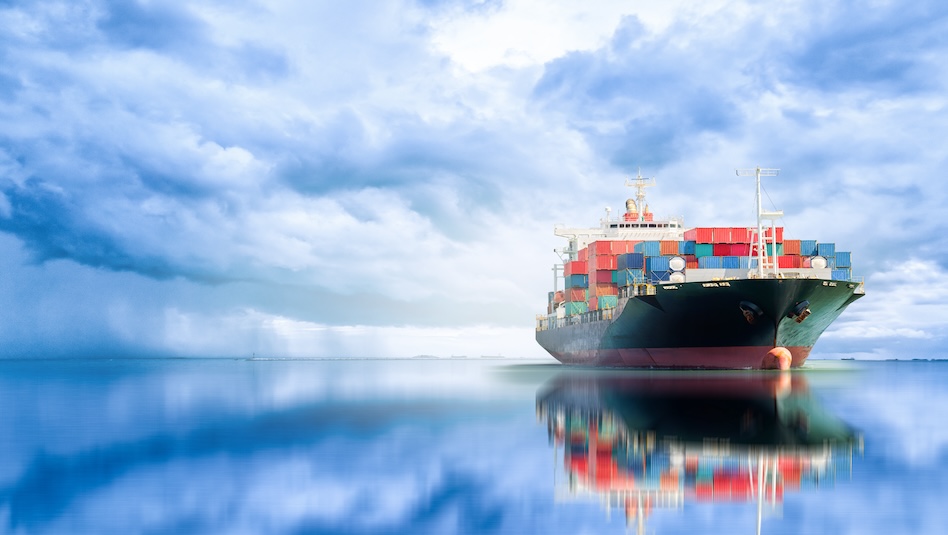
 DOWNLOAD
DOWNLOAD

